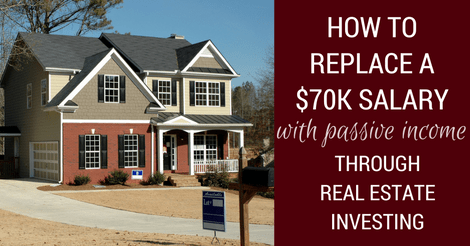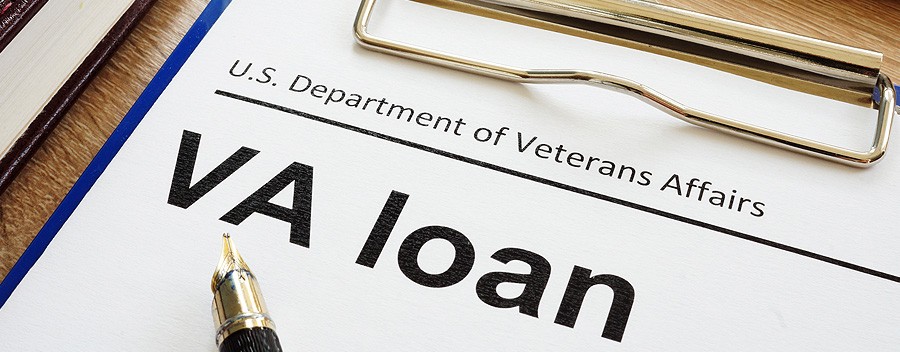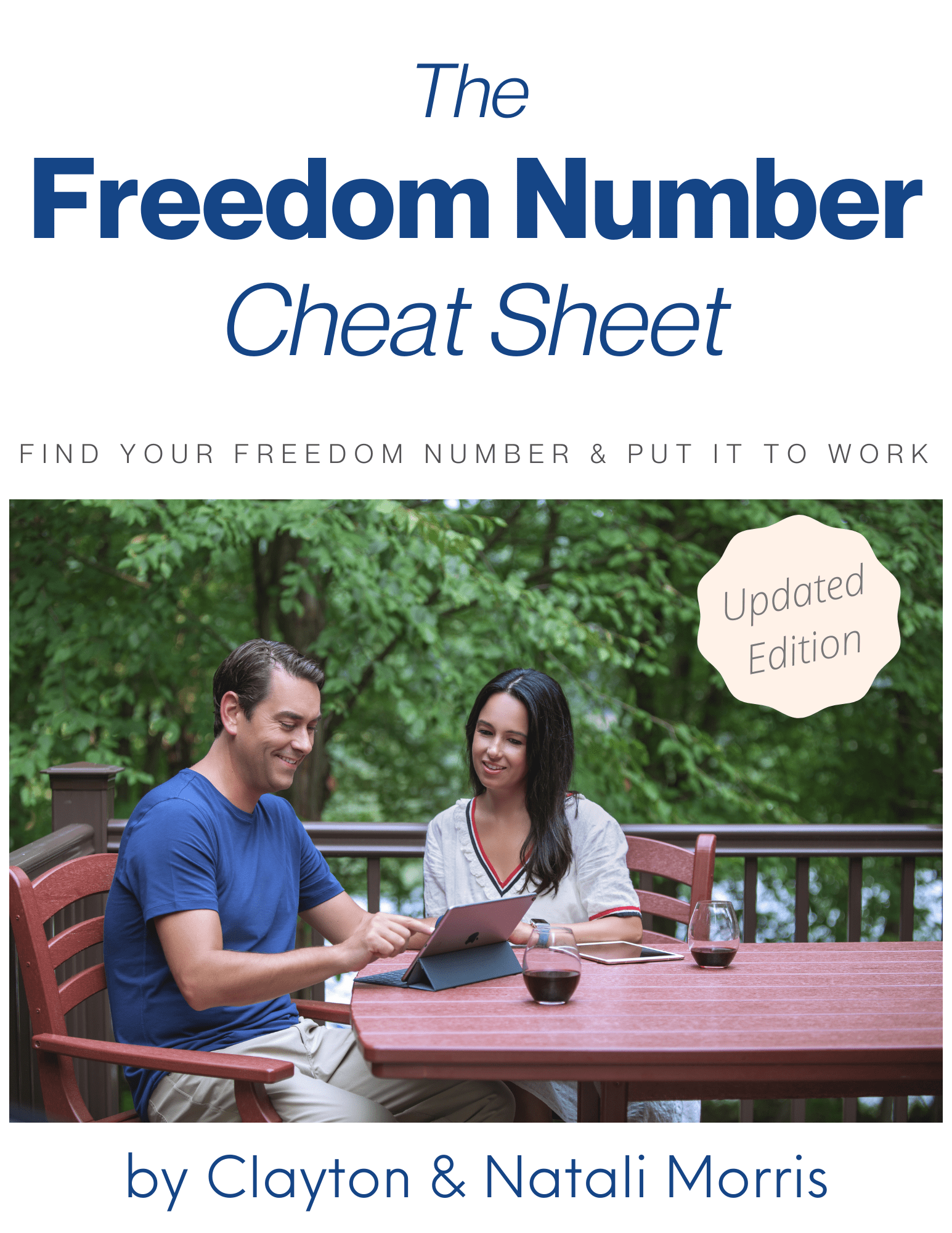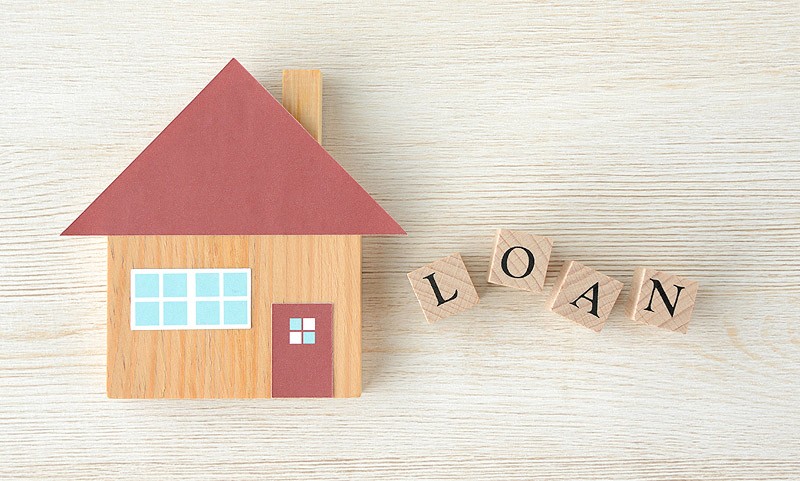
When it comes to buying rental real estate, savvy individuals have multiple funding options they turn to for investment property down payments and the loan itself. However, most people don’t realize there are a wide variety of options available to them. Those who don’t do their research think there’s only one way to fund a purchase, which would be to use your savings for the down payment and secure a traditional loan for the remaining balance.
This outdated line of thinking can end up putting the breaks on a purchase for those who are not in good financial standing, but it doesn’t have to be this way. I put together this guide for anyone looking for additional ideas for loans for investment property purchases, as well as for individuals who are unaware that there are multiple funding strategies out there that can be taken advantage of even when financial stability is an issue. That said, let’s explore what these options are so you’ll be one step closer to placing a lucrative rental property in your investment portfolio.
1. Investment Property Down Payment Options

Most loan terms require a down payment of 20% for a single-family home and possibly 25% for a multi-family unit. This can certainly vary, though, depending on the loan type and lender terms. For example, when a VA loan is used to fund a real estate purchase, a down payment typically is not required, and if it ever is, it would be much lower, possibly 3-5%. Or, if non-recourse financing is used, the down payment may be more, possibly 30% and higher.
Also, keep in mind that the amount of the deposit can impact the interest rates. If more money is put down, the lender will view the deal as less risky and possibly lower the rate.
Ok, now let’s see what options are out there for coming up with an investment property down payment:
Home Equity Line of Credit (HELOC)
A common strategy for coming up with a down payment is to utilize a HELOC. This is possible for those who own a personal home or investment property that has built up equity. A HELOC is basically a line of credit that draws off a property’s equity and the credit line begins with a zero balance, just like a credit card does.
The money is accessed via a debit card or checks during the withdrawal period, and at this time, interest-only payments are made. Full payments begin after the draw period ends, which can be up to 10 years.
If you have bad credit and no liquid reserves (funds that can be quickly converted into cash), then this might not be the option for you. The reason I say this is because the lender will typically require at least 18 months of liquid reserves as a backup, and they also would like to see a good credit score as well.
Lenders will allow the borrower to take around 85% of the property’s equity, and you’ll find that most HELOCs will have a variable interest rate. I actually have a video that discusses how the interest rates work on a HELOC if you’d like to learn more about it:
If you have equity in a property and would like to look into utilizing a HELOC, then be sure to dive into one of the following or both articles that I put together on the topic:
For those who don’t have equity they can tap into or who may not qualify for a HELOC, a 401(k) loan may be a good alternative.
Borrowing from Your 401(k) to Fund an Investment Property Down Payment
Most people either shutter at the thought of using their 401(k) for anything but saving for retirement, or they are unaware the funds can be borrowed, and without penalty. Regarding this, know that using a 401(k) to save for your golden years is actually an unwise idea, and I invite you to read more about this in my post – Reasons Why the 401(k) is a Bad Investment Vehicle to Retire On. After reading it, you’ll be more open or eager to direct these funds elsewhere.
Borrowing from your 401(k) is typically done by those who have their retirement account attached to an employer who won’t allow for the funds to be simply rolled over to a self-directed IRA. In the end, it allows you to take around $50,000 of 401(k) funds that are exposed to the risks of the volatile stock market, and place them into a secure asset such as a rental property.
So, how do you go about borrowing from your 401(k)? It’s actually simple, and you can read over all the details in my article How to Borrow From Your 401(k) to Invest in a Rental Property. As a brief summary, you can contact your 401(k) holder and arrange to borrow the funds or complete the process through the web portal associated with your retirement account. Also, it’s worth noting that the loan will accrue interest, but the good news is that the interest is actually paid back to your 401(k) account.
When it comes to retirement accounts, your best option is to utilize a self directed IRA, which allows you to hold a rental property within the account itself. I encourage you to watch the following video I put together on the topic so you’re well-informed on SDIRAs.
Fund & Grow – Unsecured Business Credit for Investors
One thing I always tell those interested in rental real estate is that having no money for a deposit shouldn’t stop you because there’s always a way to come up with the funds, and Fund & Grow is one of them. This is a company that has helped many of my clients find the funds to make a purchase happen, even those with not-so-good credit scores.
Fund & Grow works with you to obtain unsecured, zero percent interest introductory offer business credit cards that can be used to make the investment property down payment. The investor then pays down the balance before the introductory offer expires. If you feel that your credit isn’t up to par to get approved for these cards, know that Fund & Grow can work with you to clean up your credit.
You can read over our Fund & Grow review to see how it all works. If you decide that you would like to move forward, we’ve partnered with this company to get you $500 off their start-up costs; visit our main Funding page for information.
Connect Invest – Save for a Down Payment with High-Yield, Short-Term Investments
We partnered with Connect Invest to help our clients start investing in real estate and also have the ability to save for a down payment for a rental property. Many of our team members invest with this company, so we’re speaking from experience when we recommend them.
What exactly does Connect Invest do? Well, they allow you to earn passive income by investing in real estate short notes. You can start with as little as $500 dollars and work your way up, as much as you would like to invest. In doing so, you buy a fraction of real estate loans for residential and commercial rental properties that you’ll earn monthly returns on that accumulate over time, and this allows you to save for a down payment on an investment property.
They offer flexible terms of 6, 12, and 24 months, with fixed annual interest rates of 7.5-9% that will earn you great returns. Additionally, there are no fees to open an account or maintain one. If this has sparked your interest, then be sure to check out Connect Invest, where you’ll find a video that covers all the details.
Now that you have more than a few ways to fund the down payment of an investment property, let’s move on to some options for securing a loan for the rest of the balance.
2. Exploring Loans for Investment Property Purchases
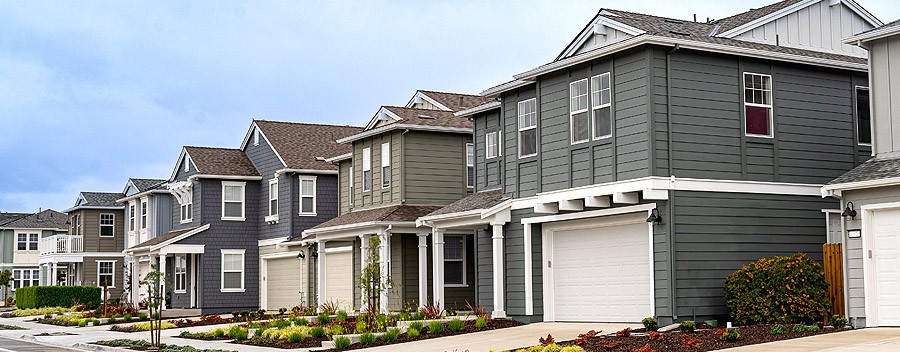
The go-to loan option that everyone first considers is the traditional recourse loan. As you may know, this type of loan is based on an individual’s income, credit score, employment, value of assets owned, and the like.
I won’t add a dedicated section on this because it’s well-known how a traditional mortgage loan works. However, I will mention that there are many people who would like to become financially free, but they don’t meet the requirements for a traditional loan and don’t realize there are other options out there. That said, I’d like to skip straight to an option that’s best for a situation such as this, which is a non-recourse loan.
Non-Recourse Loan – Bases the Approval on the Property Not Your Financial Situation
When it comes to loans for investment property purchases, I’d say that a non-recourse loan is ideal for those with a subpar financial standing, but it’s also a loan that’s used by those with exceptional financial stats as well.
I prefer non-recourse loans and incorporate this funding strategy into all the new construction properties we offer to our clients. Basically, we offer built-in non-recourse financing. This means that the bank has already approved the loan on the property, which is pretty convenient for the buyer. Keep in mind that the down payment may be higher than the typical 20% that’s tied to a traditional recourse loan, but we work with many lenders to try and get the best terms on that.
The lender is able to skip your credit standing by basing the loan qualifications on the property itself. This means that if mortgage payments stop, the lender can take possession of the home but not your personal assets.
The approval process includes evaluating the property, looking at the factors that will impact its ability to appreciate, checking if there’s a tenant already in place, determining if the location has a steady demand for rentals, and so on. If you’re interested in learning more about this real estate loan type, head over to my article that I put together on the topic – Non-Recourse Loans for Investment Property Purchases.
Utilizing a Home Equity Loan
Just like a HELOC, a home equity loan borrows against the equity of a property that the investor owns. Most home equity loans have a fixed interest rate with 15 to 30 years to pay the balance off. Also, the investor must have at least 15 to 20% of equity in the home to qualify and can borrow up to 80% of that amount. Another qualification is that the borrower must be in good financial standing with a credit score in the 600s and an acceptable debt-to-income ratio.
When the investor is approved, they’ll receive one lump sum for the entire amount of the loan. This may sound good and well, but it means that the clock starts ticking on interest from day one on the entire loan amount. In addition to this, you’ll want to keep in mind that loans for investment property purchases such as this set the investor up for having to pay off two loans at the same time. The reason for this is that the original mortgage will still exist alongside the new loan.
With all that said, there are many elements to a home equity loan that I just don’t find very attractive. In fact, I would utilize a HELOC over a home equity loan any day. The main reason for this preference is that I wouldn’t want to start accruing interest on such a large amount of money on day one when I could use a HELOC instead and begin with a zero balance. The bottom line is that I can control my financial situation a bit more with a HELOC.
You can gain additional insights regarding the advantages of tapping into your home’s equity by reading my article – Harnessing the Power of Home Equity to Buy a Rental Property.
Veterans Affairs Loan – Government Backed
VA loans, which are backed by the U.S. Department of Veterans Affairs, are popular among veterans and active-duty service members because the requirements are not as rigid, and in most cases, no down payment is required. Along with having an easier entry point by not being required to come up with a down payment, VA loans also offer lower interest rates, and typically don’t have the standard requirement of obtaining private mortgage insurance.
There’s actually a catch to all this – VA loans must be used for properties where the applicant will reside, and they must live in the property for up to one year. There are ways around this, though. For example, an investor could buy a duplex and live on one side of the property.
Or, the investor could buy a single-family home and rent out one of the rooms. This fulfills the requirement of living in the property all while ensuring cash flow is coming in until the year is up. Although this may not be the ideal situation, it does allow investors with fewer options a way to get their foot in the door, so to speak.
If you think you might be a good fit for this type of loan, you can view all the requirements on the VA home loan program’s page. You can also check out my post that goes into detail on this subject – Using a VA Loan for Rental Property Purchases.
You Have a Variety of Options When Funding an Investment Property Purchase
As you can see, there are several excellent funding possibilities available for both the investment property down payment and the loan itself. It’s evident that there really is no reason to put the brakes on moving forward with your dream of owning a cash flowing rental property.
Bad credit won’t stand in the way because a non-recourse loan doesn’t take creditworthiness into account. Also, not having the funds for a down payment shouldn’t stop you either because Fund & Grow is designed to help those who need to drum up the money, and they’re good at it.
All the ideas I covered in this article on how to come up with the down payment and also the various loan type suggestions we went over, should set you on the path to owning a lucrative investment property sooner rather than later.
It’s never a good idea to wait because that perfect time may never come. On top of this, when you delay investing, you’re missing out on valuable equity growth, and with home prices continually rising, you’ll most likely end up paying more if you buy later.
A Full-Service Investment Company
If your interest has been peaked by knowing you have multiple funding options on the table, but you’re not sure how to make a purchase happen, we can help. Morris Invest offers build-to-rent properties with non-recourse financing built right in. Remember, this means the loan has already been approved based on the property. All you would need to do is provide the down payment, which you now have several ways of doing so.
Our goal is to make the process super simple for you, not only by providing great funding options, but also by placing a tenant in each rental and assigning a property manager. This way, you’re cash flowing right from the start. If this sounds like something you’d like to look into further, feel free to schedule a 30-minute call with our team of experienced industry professionals.
In the meantime, you can get started with our Freedom Number Cheat Sheet that will provide you with the number of rental properties needed to become financially independent. This will give you a goal to work toward, and also serves as a great motivator.
Before you go, dive into the following video that provides more information on my favorite funding source, a non-recourse loan:

